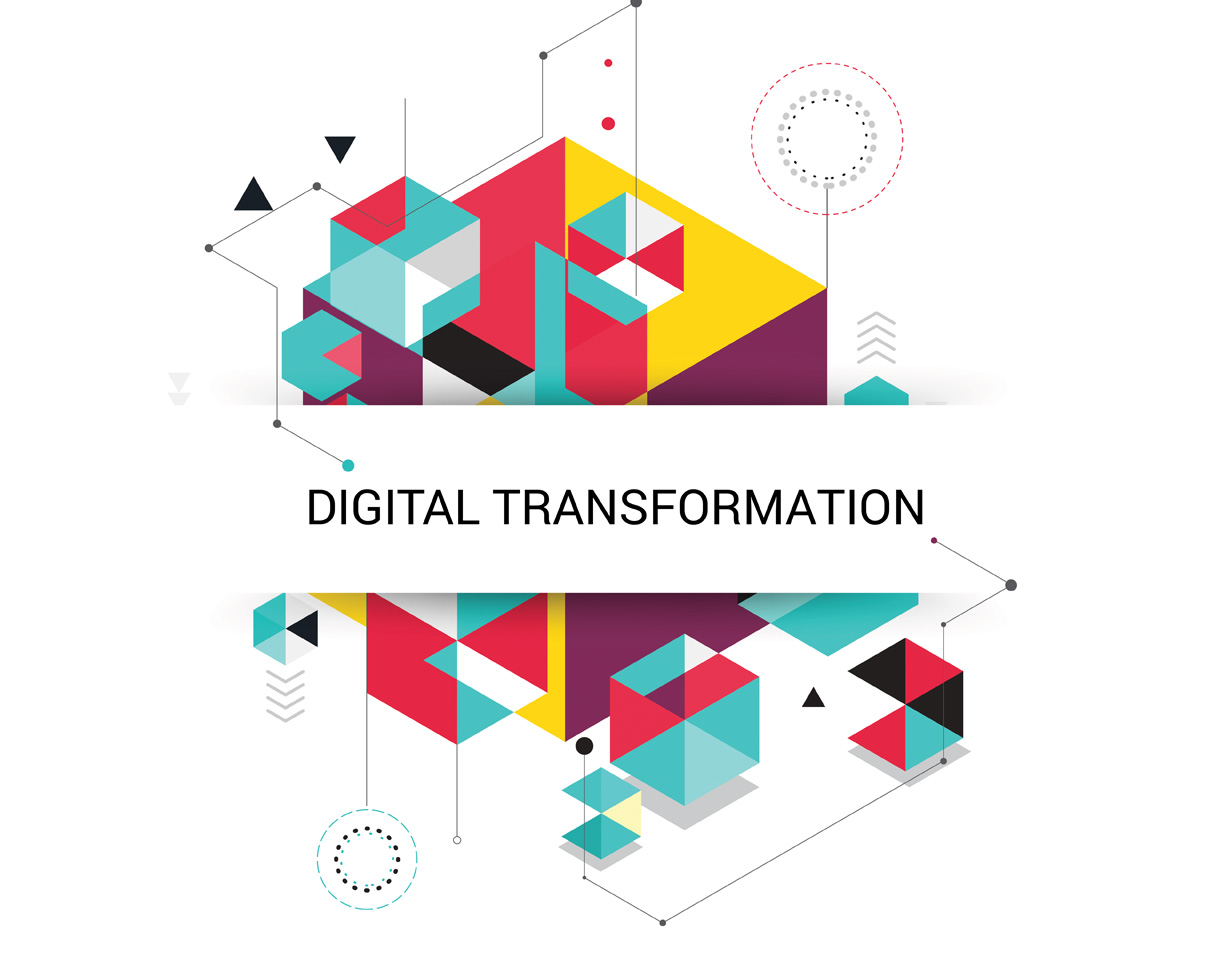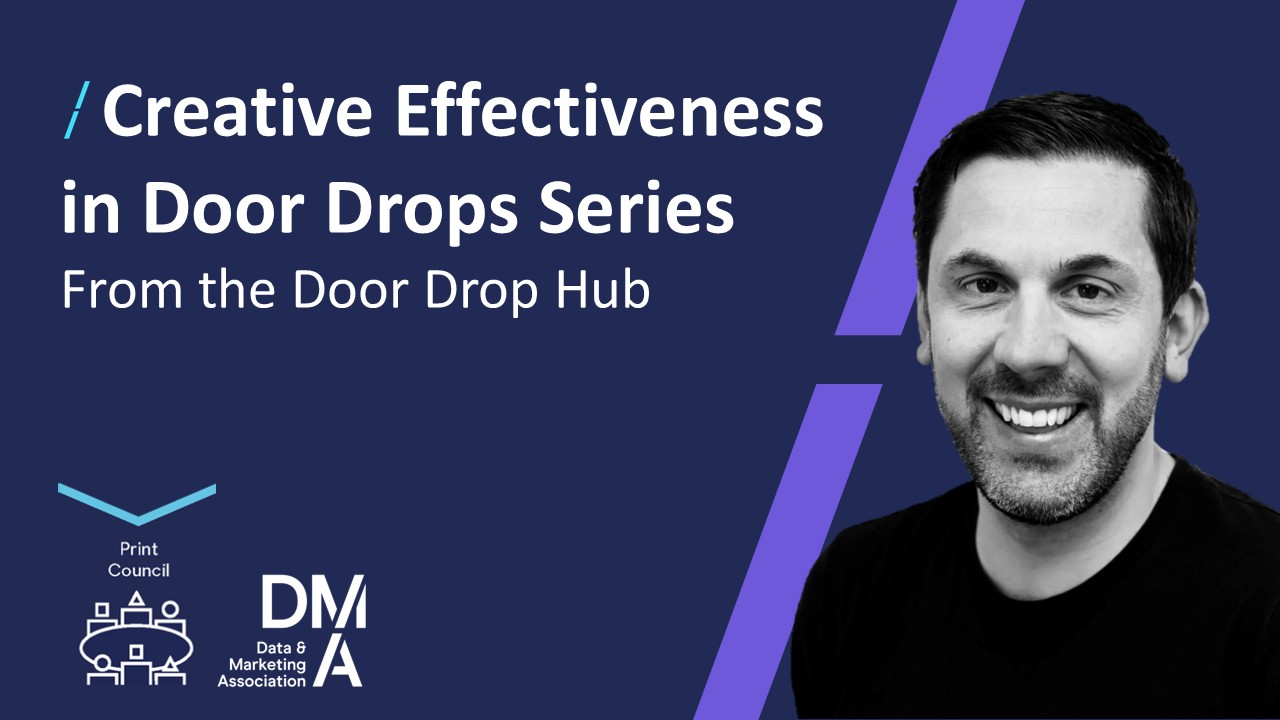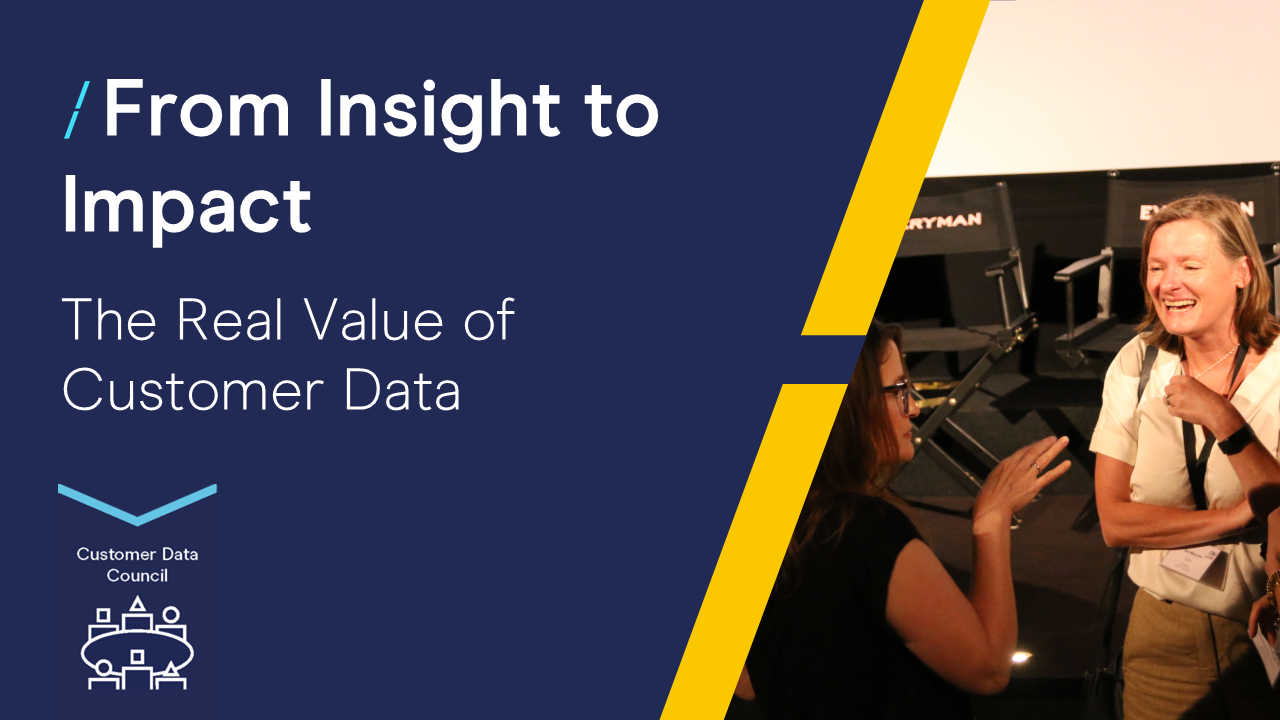Three Pillars of Digital Transformation
02 Dec 2015

The human brain can process entire images in as little as 13 milliseconds, so cutting through the noise and getting engagement takes greater understanding than ever before.
In 2015, digital transformation was one of the marketing industry's most in-vogue topics. It topped every organisation's business and marketing strategies and was one of the most blogged about subjects of the year.
But what will digital transformation look like in 2016?
The way I see it, digital transformation is really about:
Customer experience
Culture
Business models

A Better Experience
Digital transformation, which let’s be honest is really just transformation these days, is more than creating a new website or app - it needs a view from outside of digital as well.
Yes, digital transformation in the purest sense of the term is about understanding the digital interactions a customer has with your brand, then ensuring these are optimised and joined up using the best technology to create a better experience.
From a top level, it's pretty straight forward.
Customer Experience
Having a better understanding of customers isn't a ground-breaking piece of insight for contemporary marketers - but it can be easy to get lost amongst the mountains of data or place to much importance on surveys, which typically presuppose answers and are hugely influenced by things like time sent or mood of the person completing it.
Transformation comes about when you combine an understanding of digital channels, users, trends, context, sensory experience, emotion and human behaviour – because on the end of every interaction is a human nervous system. These experiences need to connect on both a conscious and unconscious level because after all, most of our decisions are made unconsciously.
One way to think about it is like this…
Your unconscious mind is the ghost-writer who writes a novel and the conscious mind is the celebrity under which it is published (who gets all the credit!). The human brain can process entire images in as little as 13 milliseconds, so cutting through the noise and getting engagement takes greater understanding than ever before.
Culture & Business Models
In 2016, transformation will be driven by people more than tech and culture should be central to your business model and transformation strategy.
The internal culture of an organisation has to not only be fully behind the change but also equipped with the right mind set to see it through – collaborative, iterative, understanding that digital is not finite – i.e. there is no total completion point. This has a huge impact on whether new ideas are embraced initiatives get seen through to completion. The organisational shift ultimately determines long term success or failure especially in a day and age when business models are getting turned on their head.
The rapid evolution going on around us fundamentally changes the way we all work. That goes for agencies as well as brands – we are all in transformation – and from first-hand experience I can tell you it’s scary, you need to be prepared to be less certain and you need to take risks…but what’s on the other side is very exciting.
-Tom Head, Director at Lab



1.png)

Please login to comment.
Comments